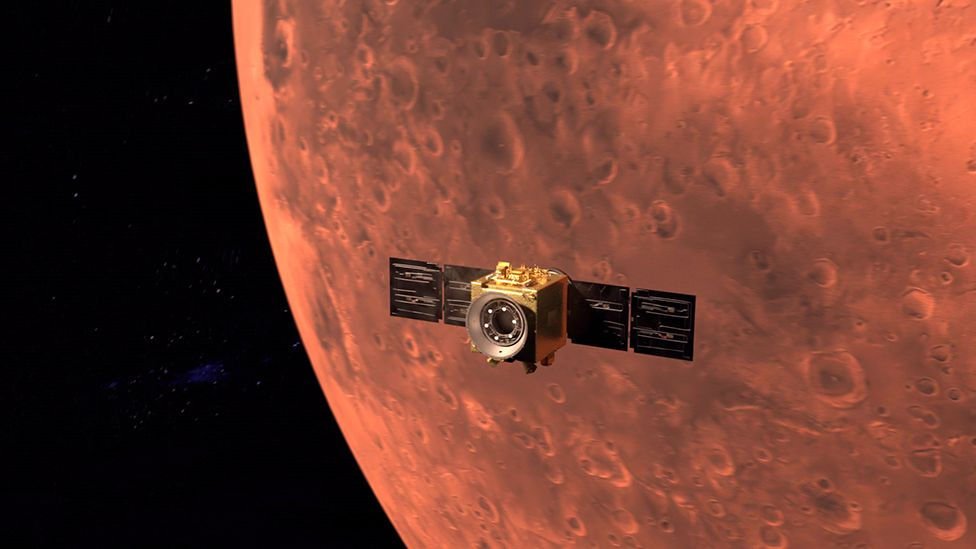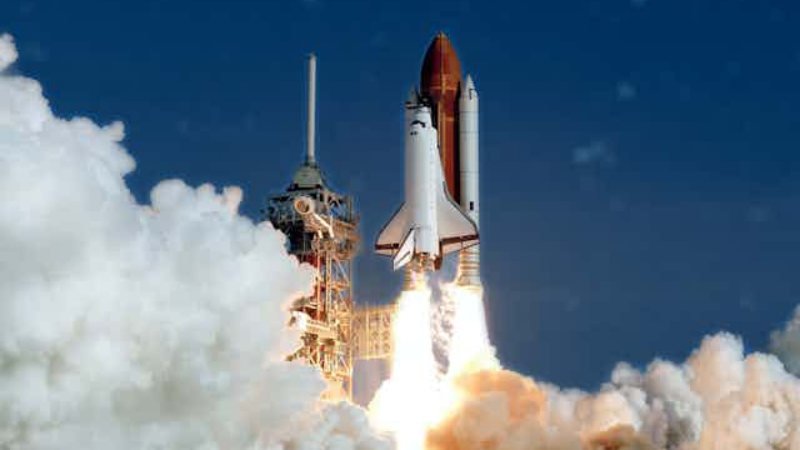The Moon, Earth’s celestial companion, has long been a focal point of human exploration and curiosity. NASA’s Apollo program marked a historic era of lunar exploration, with the first human footsteps on the lunar surface in 1969. Now, decades later, the Artemis program aims to return humans to the Moon, ushering in a new era of lunar exploration and paving the way for future missions to Mars. Join us as we trace the evolution of spacecraft, from the iconic Apollo missions to the ambitious Artemis program.
Apollo Program: A Giant Leap for Mankind
1. Apollo 11 – The First Lunar Landing
In 1969, Apollo 11 made history with astronauts Neil Armstrong and Buzz Aldrin becoming the first humans to set foot on the Moon. The Lunar Module, named Eagle, transported them to the lunar surface while Michael Collins orbited above in the Command Module, Columbia.
2. Lunar Module and Saturn V Rocket
The Lunar Module, designed for lunar descent and ascent, played a pivotal role in the success of Apollo missions. The powerful Saturn V rocket propelled the spacecraft into space, showcasing the pinnacle of 1960s space technology.
Apollo Spacecraft Components
1. Command Module
The Command Module housed astronauts during launch, lunar orbit, and re-entry. It contained living and control spaces, essential for life support and navigation.
2. Lunar Module
The Lunar Module comprised the descent and ascent stages. The descent stage landed on the Moon, and the ascent stage returned astronauts to lunar orbit.
Post-Apollo Era: Space Shuttle and International Collaboration
1. Space Shuttle Program
The Space Shuttle program, initiated in 1981, aimed for reusable spacecraft. Although not designed for lunar missions, it provided crucial experience and insights for future space exploration.
2. International Space Station (ISS)
The ISS, a collaborative effort involving NASA and international partners, served as a platform for scientific research and a stepping stone for future exploration.
Artemis Program: A Return to the Moon
1. Artemis Goals
Artemis, named after Apollo’s twin sister in Greek mythology, aims to return humans to the Moon by the mid-2020s. The program focuses on sustainable lunar exploration and preparing for crewed missions to Mars.
2. Orion Spacecraft and SLS Rocket
The Orion spacecraft, designed for crewed deep-space missions, will carry astronauts to lunar orbit. The Space Launch System (SLS), NASA’s most powerful rocket, will launch the Artemis missions.
Components of the Artemis Spacecraft
1. Orion Crew Capsule
The Orion Crew Capsule is a modern spacecraft designed for lunar missions. It features advanced life support systems, radiation shielding, and a versatile design for future exploration.
2. Gateway Lunar Outpost
Artemis includes plans for the Gateway, a lunar outpost in orbit around the Moon. The Gateway will serve as a staging point for crewed missions to the lunar surface and beyond.
Lunar Exploration and Beyond
1. Sustainable Lunar Exploration
Artemis aims for sustainable lunar exploration, with a focus on long-duration missions and resource utilization to support future human presence on the Moon.
2. Preparing for Mars Missions
The Artemis program serves as a precursor to human missions to Mars, leveraging lunar exploration to test technologies, systems, and human endurance in deep space.

International Collaboration and Artemis Accords
1. Global Partnerships
Artemis embraces international collaboration, with agreements like the Artemis Accords fostering cooperation in lunar exploration, resource utilization, and sustainable practices.
2. Commercial Partnerships
NASA partners with commercial companies to develop lunar landers, encouraging private-sector innovation and expanding the scope of lunar exploration.
Challenges and Future Prospects
1. Technological Challenges
The Artemis program faces technological challenges, including life support systems, radiation protection, and sustainable resource utilization, as NASA prepares for long-term lunar habitation.
2. Inspiring Future Generations
Artemis not only advances scientific exploration but also inspires the next generation of scientists, engineers, and explorers to reach for the stars and continue humanity’s journey beyond Earth.
Conclusion
NASA’s lunar exploration journey has evolved from the historic Apollo missions to the ambitious Artemis program. As Artemis sets its sights on returning humans to the Moon and preparing for future missions to Mars, the legacy of lunar exploration continues to inspire and push the boundaries of human achievement in space. The evolution of spacecraft, from the iconic Apollo modules to the modern and sustainable Artemis architecture, represents a testament to the progress of space exploration and the collective efforts of scientists, engineers, and space enthusiasts around the world. As humanity reaches for the Moon and beyond, the Artemis program stands as a beacon of exploration, inviting us to dream of a future where humans explore new frontiers and unravel the mysteries of the cosmos.

